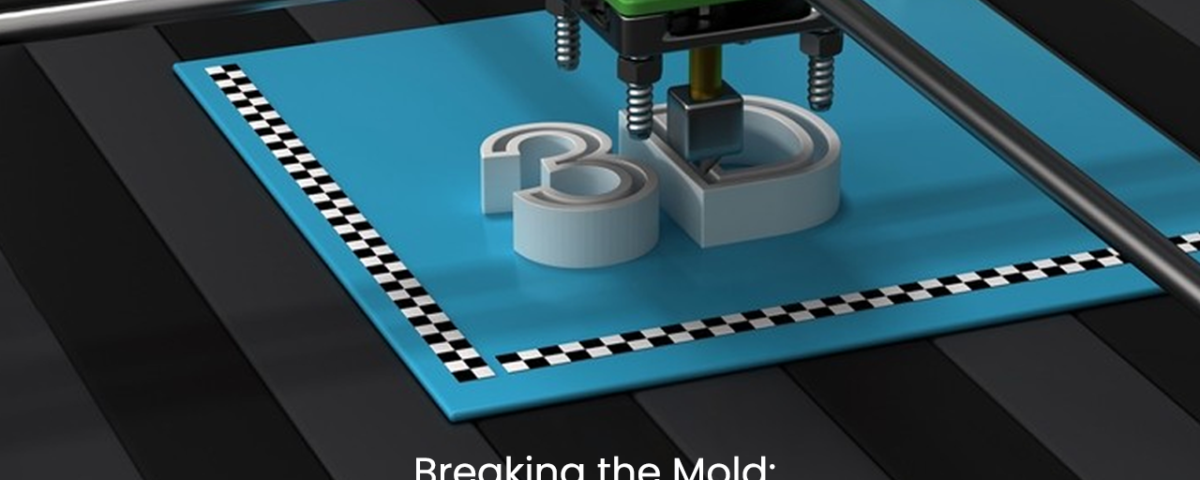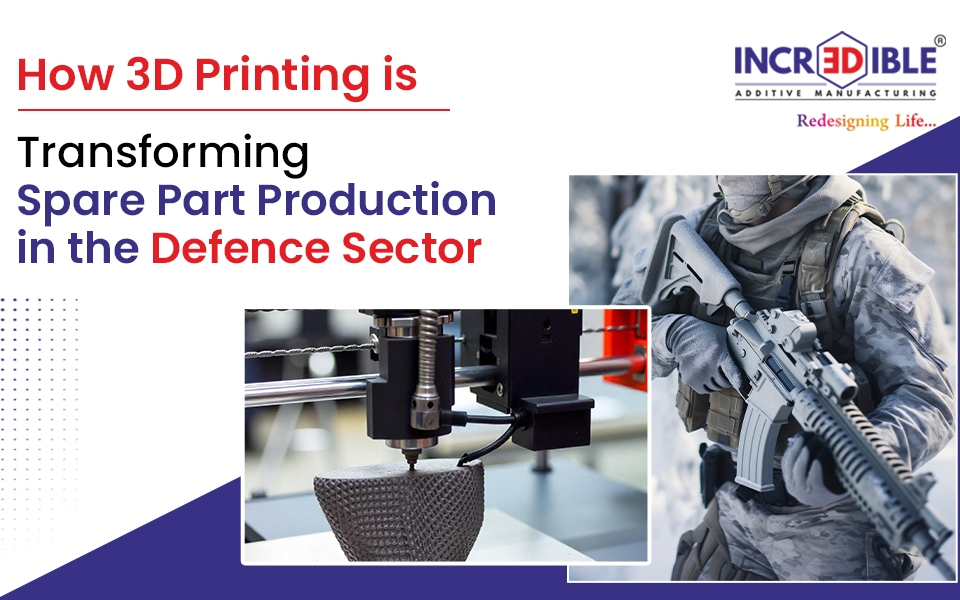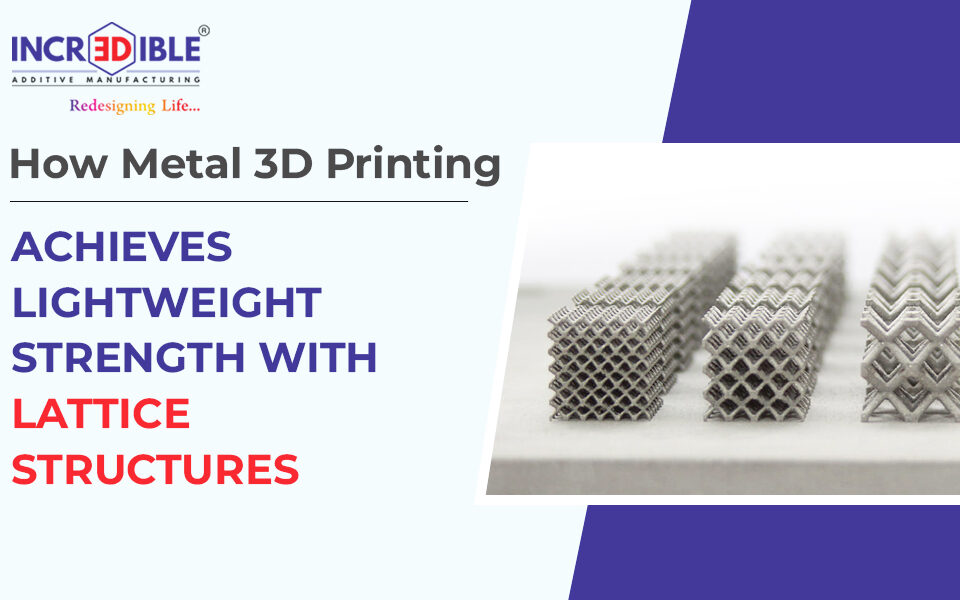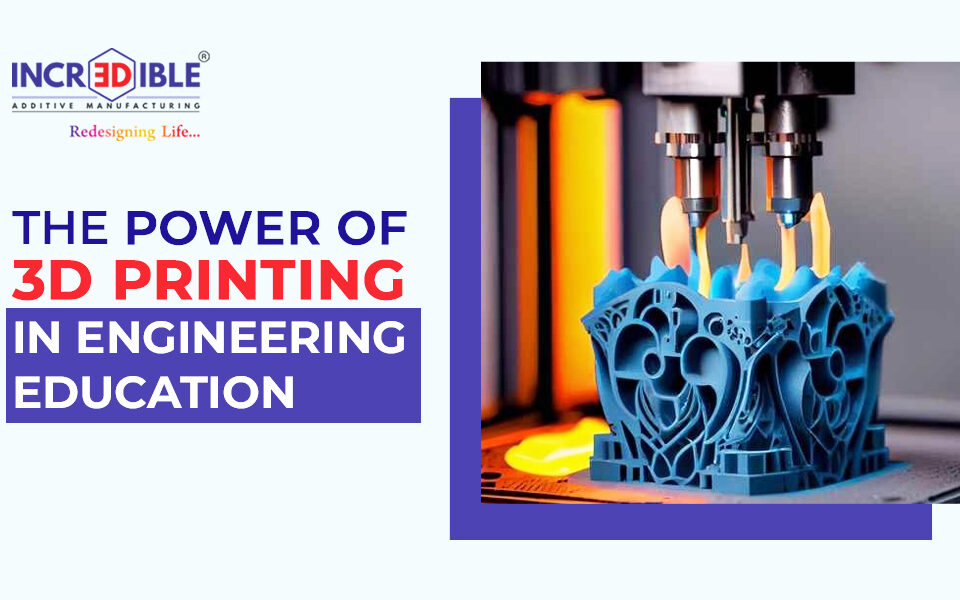Breaking the Mold: How 3D Printing is Revolutionizing Tooling
Manufacturing always relies on effective tooling techniques to produce complex and precise parts. A few years before, tooling required a lot of time, work, and expensive equipment. However, the introduction of 3D printing has resulted in a paradigm shift, which has altered how tooling is carried out. 3D printing is revolutionizing tooling processes by harnessing the power of additive manufacturing, allowing for quicker prototyping, more affordable products, and unheard-of design flexibility. This blog post will examine how the tooling landscape is changing as a result of 3D printing.
Aids in Rapid Prototyping
The ability to quickly prototype parts is one of the most beneficial aspects of 3D printing, which is being applied in the tooling industry. In the past, creating a new tool necessitated laborious procedures like casting, molding, or machining. But with 3D printing, designers can produce physical prototypes of their digital designs quickly, cutting lead times from weeks to days or even hours. This agility shortens the product development cycle and enables quicker iterations. With 3d-printing in tooling, engineers don’t need expensive tooling equipment or outside manufacturing partners to test their designs, find flaws, and make the necessary adjustments.
Creates Complex Geometries and Lightweight Designs
Due to the limitations of manufacturing processes, traditional tooling methods frequently place restrictions on the possibilities for design. Complex geometries that were previously challenging or impossible to achieve are now feasible thanks to 3D printing. Complex internal structures, undercuts, and intricate features that were once thought to be too difficult or expensive to produce can now be produced thanks to additive manufacturing. Engineers can produce lightweight designs that maintain strength and functionality by utilizing the layer-by-layer method of 3D printing, which leads to decreased material consumption and improved performance.
Offers Customization
Traditionally, tooling involved making numerous identical batches of parts. But in today’s market, customers are requesting more and more customized and personalized goods. In addressing this need, 3D printing is exceptional. Using digital design files, manufacturers can quickly adapt tooling components to unique requirements. With 3D printing, quick customization is possible without the high costs associated with retooling or reconfiguring a tool’s design or functionality. Manufacturers can meet a variety of customer demands and gain a competitive edge in the market thanks to their ability to offer customized tooling solutions.
Helps in Cost-Effective Production
In the past, producing tools required significant up-front expenses, including pricey machinery and tooling equipment. The cost barriers are significantly lowered by 3D printing. Complex tooling setups are not necessary with additive manufacturing, which minimizes upfront costs and lowers production costs. Additionally, on-demand manufacturing made possible by 3D printing eliminates the requirement for sizable inventory stockpiles. Tools can be produced on demand by manufacturers, saving money on storage and preventing waste from out-of-date or unsold stock. Small and medium-sized businesses (SMEs) particularly benefit from these cost savings because it enables them to compete with bigger players in the market.
Improves Time-to-Market
In today’s competitive business environment, time-to-market becomes crucial. A product’s time to market can be significantly shortened by manufacturers using 3D printing to streamline tooling processes. Design iterations can be completed quickly with rapid prototyping, ensuring that potential problems are found and fixed early in the development cycle. Additionally, 3D printing makes it possible to produce tools locally, doing away with the delays caused by outsourcing or by having to wait for the delivery of tooling components. Manufacturers can respond quickly to market demands, seize opportunities, and gain a competitive advantage by having the tooling process accelerated.
Conclusion
The development and evolution of 3D printing are revolutionizing tooling processes in a variety of industries. The tooling industry is changing as a result of the technology’s capacity to enable rapid prototyping, produce complex geometries, provide customization, lower production costs, and shorten time-to-market. Manufacturers are no longer constrained by the constraints of conventional manufacturing, allowing them to express their creativity and push the boundaries of design. Accepting 3D printing for tooling opens the door for innovation and new opportunities in the manufacturing sector while also improving efficiency and cost-effectiveness. The mold has been broken, and the continued adoption of 3D printing technologies bodes well for the future of tooling.
Incredible AM Pvt Ltd, located in Pune, is the leading 3D printing service and product provider in India. As a pioneer of 3d printing in India, we have made tooling highly efficient and cost-effective. Our efficient manufacturing facility and the experienced and knowledgeable team design and create the best 3D-printed tools for the manufacturing industry.
To obtain efficient tools, contact our experts.




